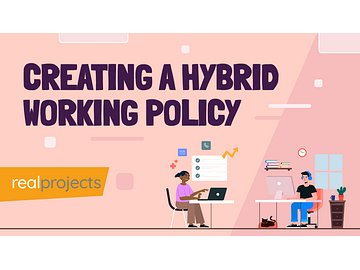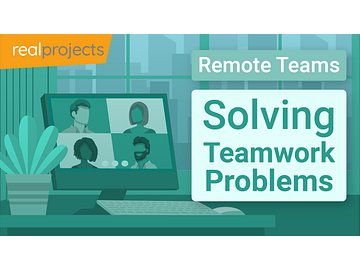Developing a Hybrid Working Policy
English
30-Day Money Back Guarantee
Full Lifetime Access
Self-Paced
Finish in
6 mins!
Finish in
6 mins!
Made for for
Employees
and
Supervisors
Employees
and
Supervisors
Certificate
of Completion
of Completion
Mobile -
Friendly
Access
Friendly
Access
What you'll learn
Draw up policy provisions covering financial responsibilities
Draw up policy provisions covering equipment
Create policy provisions that mitigate security risk
Create policy provisions that mitigate health and safety risk
Skills covered in this course
Description
This course is designed to aid HR managers and other responsible owners in drawing up an effective hybrid working policy.
The acceleration of hybrid working arrangements is one of many effects of the recent global pandemic, and forward-thinking businesses have been quick to adopt policies on this practice, even if they have yet to introduce hybrid working.
An effective policy creates certainty and security for employers and employees alike. By setting out who is responsible for each aspect of a flexible-working arrangement, a policy document creates clear expectations and contributes to a transparent and supportive working environment.
Please note that this course is not an exhaustive “how to” guide. Rather, it should be seen as a framework for developing your own policy process. Every organization will have its own requirements, and local laws also impact individual policies.
The course covers the main areas the bulk of hybrid working policies will need to cover: financial responsibilities, equipment, security, health and safety and expectations. The main considerations in each area are examined in turn.
The acceleration of hybrid working arrangements is one of many effects of the recent global pandemic, and forward-thinking businesses have been quick to adopt policies on this practice, even if they have yet to introduce hybrid working.
An effective policy creates certainty and security for employers and employees alike. By setting out who is responsible for each aspect of a flexible-working arrangement, a policy document creates clear expectations and contributes to a transparent and supportive working environment.
Please note that this course is not an exhaustive “how to” guide. Rather, it should be seen as a framework for developing your own policy process. Every organization will have its own requirements, and local laws also impact individual policies.
The course covers the main areas the bulk of hybrid working policies will need to cover: financial responsibilities, equipment, security, health and safety and expectations. The main considerations in each area are examined in turn.
Developing a Hybrid Working Policy








The acceleration of hybrid working arrangements is one of many effects of the recent global pandemic, and forward-thinking businesses have been quick to adopt policies on this practice, even if they have yet to introduce hybrid working.
An effective policy creates certainty and security for employers and employees alike. By setting out who is responsible for each aspect of a flexible-working arrangement, a policy document creates clear expectations and contributes to a transparent and supportive working environment.
Please note that this course is not an exhaustive “how to” guide. Rather, it should be seen as a framework for developing your own policy process. Every organization will have its own requirements, and local laws also impact individual policies.
The course covers the main areas the bulk of hybrid working policies will need to cover: financial responsibilities, equipment, security, health and safety and expectations. The main considerations in each area are examined in turn.